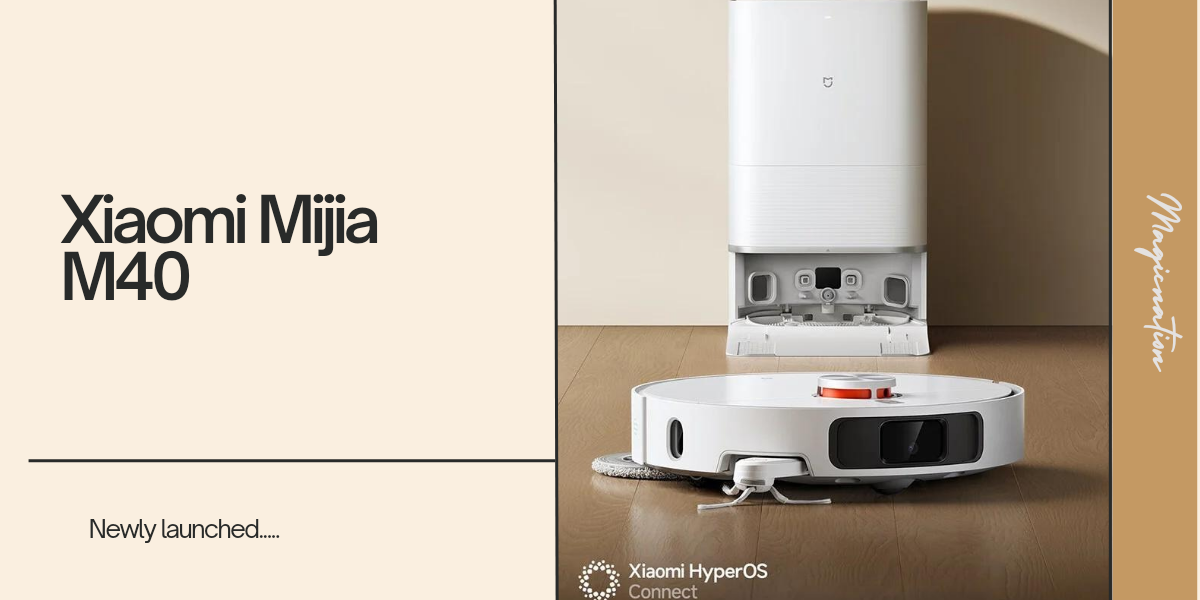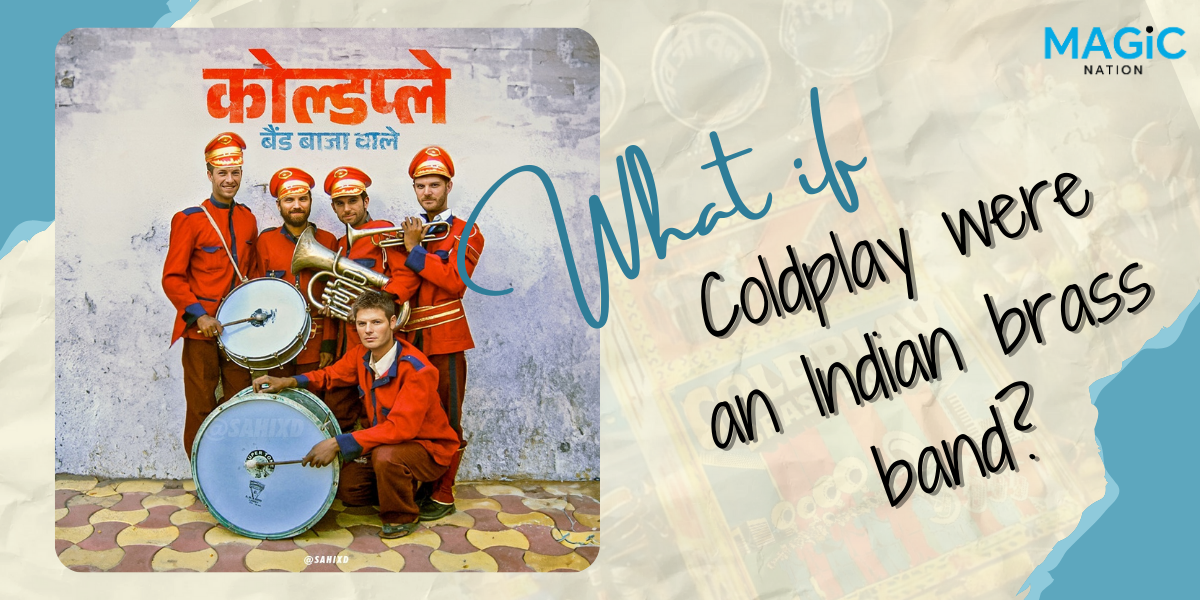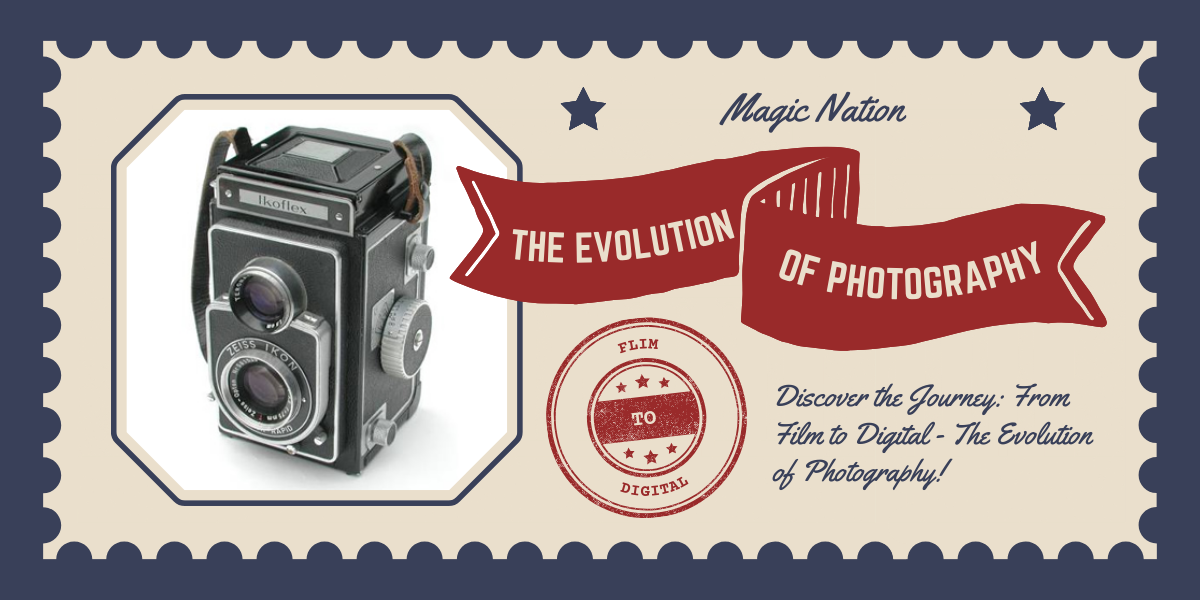When it comes to mobile photography, zooming in on a subject can significantly impact the quality of your photos. Modern smartphones offer two types of zoom: Optical and Digital.
While both can bring your subject closer, they do so in very different ways, with optical zoom having distinct advantages over digital zoom.
Optical Zoom: Precision in Every Pixel
Optical zoom works by adjusting the lenses within the camera to physically magnify the subject. This is similar to how traditional cameras function. Because it uses the camera's lens mechanism to zoom in, there is no loss in image quality. Every pixel in your final image is captured with the same level of detail as if you hadn’t zoomed in at all. This results in sharp, high-resolution images, even when zoomed in close. Digital Zoom: Stretching the Limits
Digital zoom, on the other hand, simulates the effect of zooming in by cropping the image and enlarging the remaining portion. While this can bring a subject closer, it comes at the cost of image quality. Since digital zoom does not involve any lens movement, it relies on software to stretch the image, often resulting in a loss of detail, increased noise and lower resolution. Essentially, you are just cropping the photo and blowing it up, which can make the image appear pixelated or blurry. Why Optical Zoom is Superior
The primary advantage of optical zoom over digital zoom is the preservation of image quality.With optical zoom, the lens does the work, ensuring that the image remains clear and detailed. This is particularly important in scenarios where capturing fine details is crucial, such as in wildlife photography or when shooting distant subjects. Smartphone manufacturers are increasingly integrating optical zoom capabilities into their devices, often using multiple lenses with varying focal lengths to achieve this. As a result, photographers can now capture professional-grade images without needing to rely on bulky camera equipment.
Take a look at some examples I have captured.
Example 1
Here is a landscape photograph I took at 1x zoom (image straight out of the camera, no post-processing).

Here's the same image with 3x Optical Zoom (Notice how sharp the details are).


Now, here’s the digital zoom of the first picture (cropped to match the optical zoomed photo). You will notice the loss of detail and quality.


Example 2
Take a look at this low light shot I captured during my recent trip to Coorg.

Here's the 3x Optical Zoom of the photo above.


Here's the 3x Optical Zoom of the photo above.

Now have a look at the digitally zoomed image.


I hope you now understand the difference.
While digital zoom can be useful for quick snapshots or when you don’t need the highest image quality, optical zoom is the clear winner for those serious about mobile photography. By maintaining the integrity of the image, optical zoom allows photographers to get closer to their subjects without sacrificing detail, making it an essential feature for anyone looking to take their mobile photography to the next level.Regards,
Dr Ramdas S Pai.















